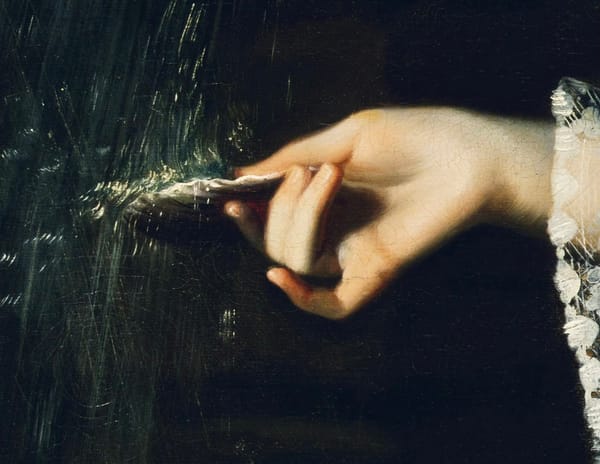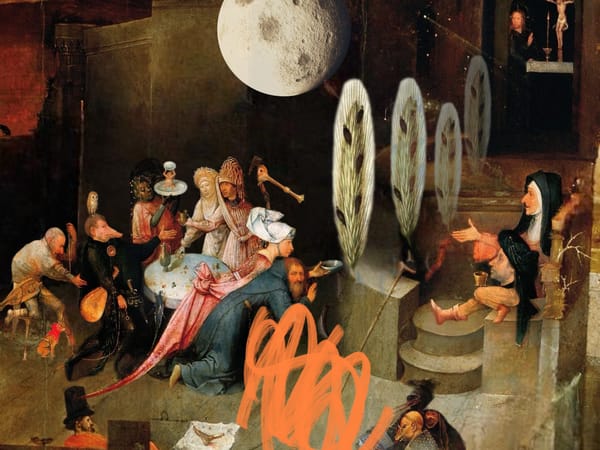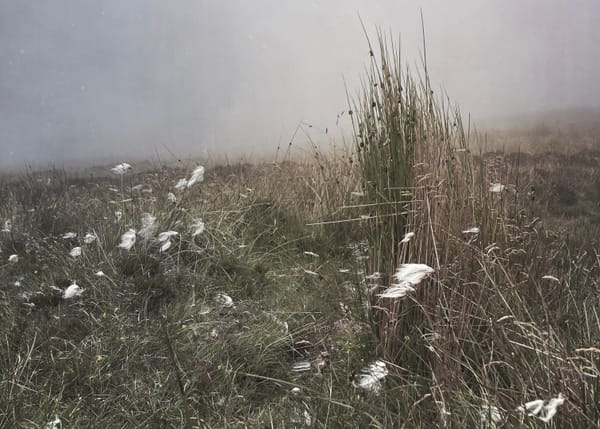Ossuaries I Have Known
First in a series 🌝
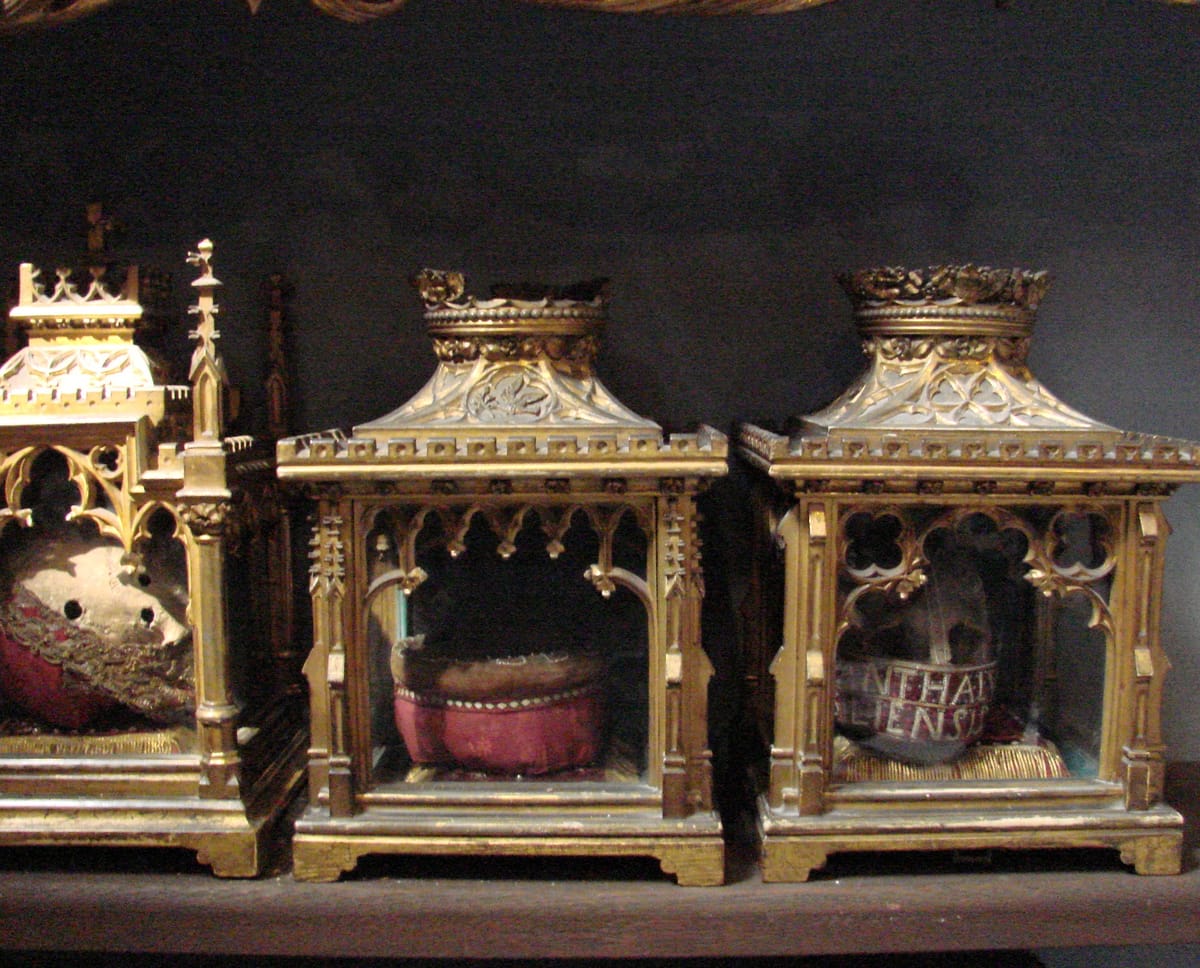
Every month at the full moon I revisit older writing. These posts are free to all subscribers, but paid subscribers make this possible!
This excerpt from my German travel diary is 18 years old. I’m thinking about empires and the ravages of war, but also about women’s bodies as many things, souvenirs, relics and remnants of spirits of place. Cologne is lucky to have 11,000 of guardians in the form of martyred girls, arranged in a Golden Chamber.
Hildegard von Bingen wrote 13 songs honouring the victims of this martyrdom, this mythic femicide. During Hildegard von Bingen’s life, a mass grave was discovered in the Ursuline Field outside of Cologne. The workers excavating the field had visions, and this discovery impacted medieval Christians in a big way. Hildegard von Bingen venerated Ursula and saw parallels between her own life and that of the martyred mystic.
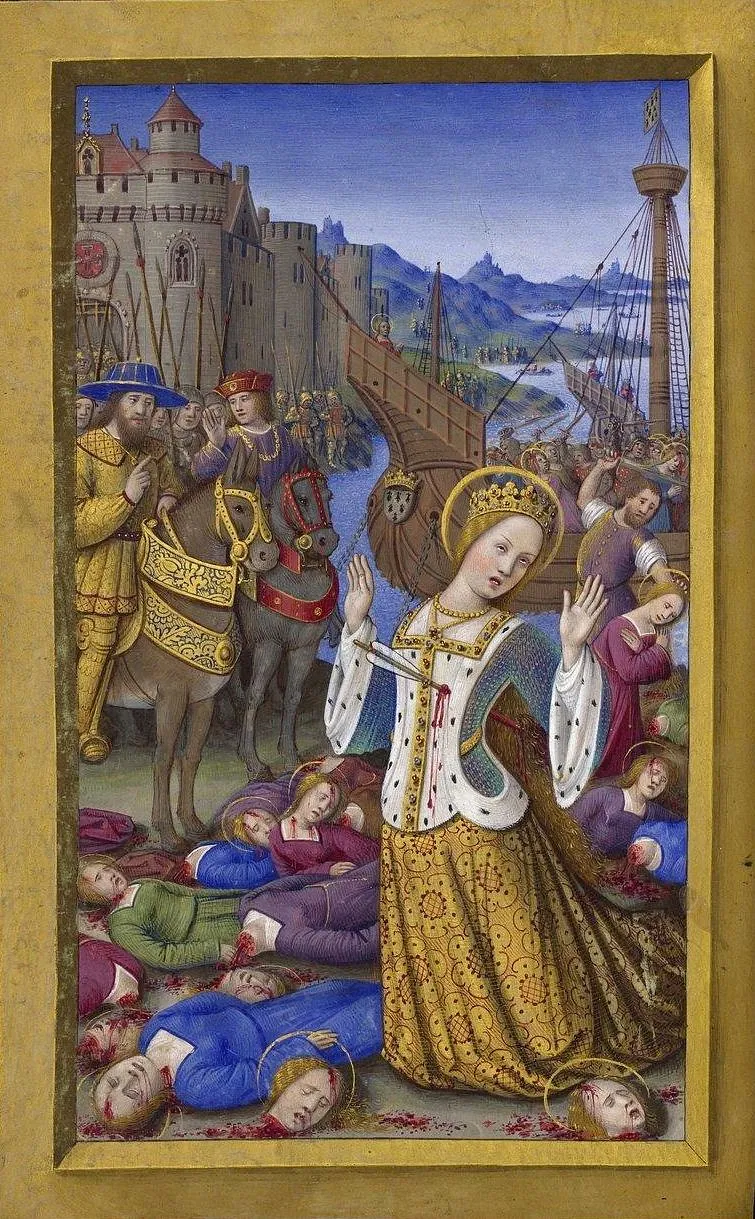
St. Ursula is a legendary young woman from the 3rd century CE. Her father is a Christian king who doesn’t want her to marry a Pagan, but this is in the cards for power reasons. Ursula agrees on the condition that she has ten ladies in waiting and all of them, including herself, should have one thousand ladies in waiting. She also wants a fleet of war galleys and three years to travel on a pilgrimage. Oh, and her betrothed is to be baptised while she is away. The Pagan king agrees to everything! Ursula has prophetic visions but is disbelieved. As she and her company arrive in Cologne they are sacked by Huns.
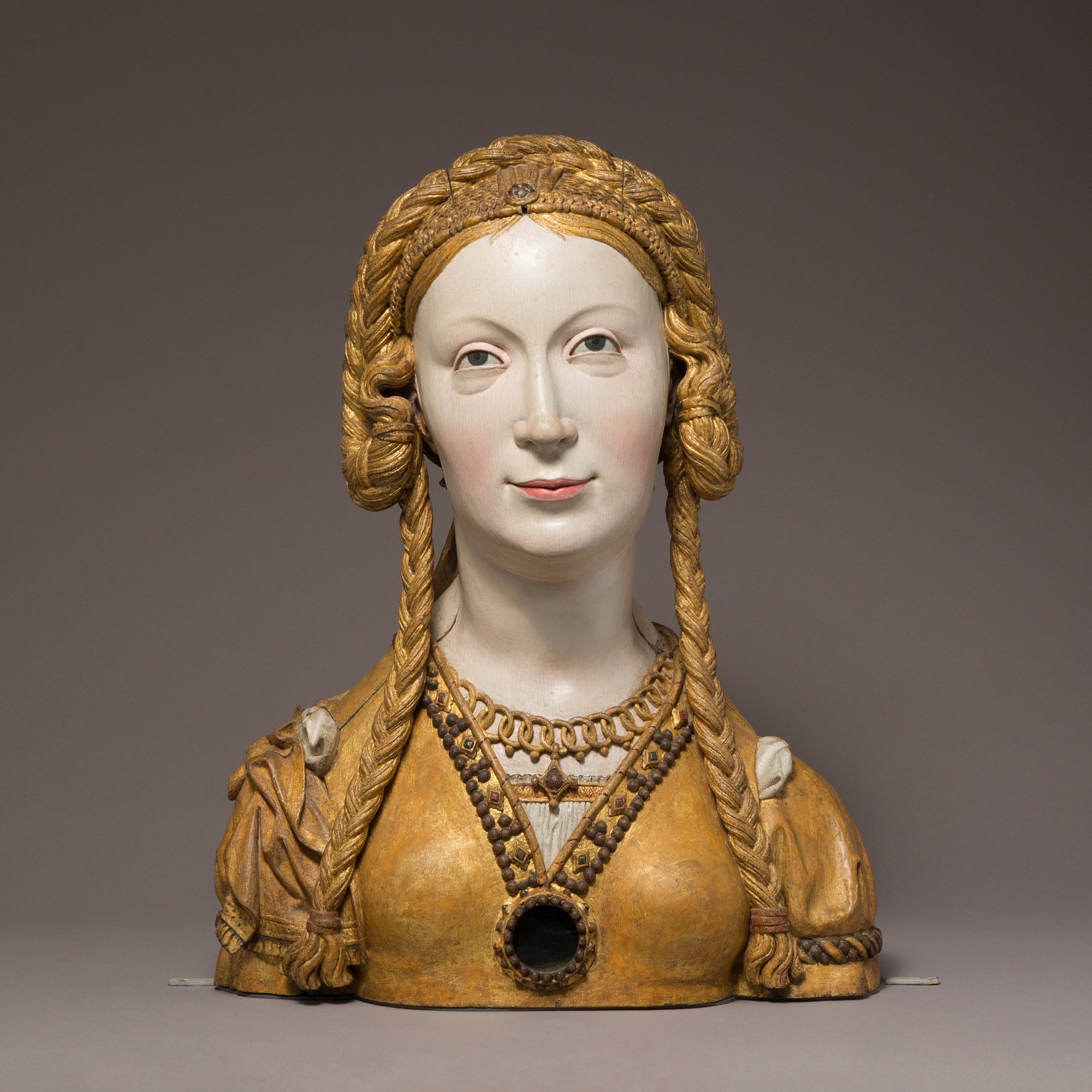
I was younger when I travelled to Cologne—I had not yet researched the Scottish witch hunts. (Much of my life can be divided into ‘before I knew about the mass femicide of the witch hunts’ and after.) The fable of Ursula and her vast company delighted and even amused me because it was surreal. My consideration of them was an intellectual exercise. I’m sure now I would write this differently, but it is interesting to see the red thread of witness, of women’s stories that so concerns my work today.
E, B and I are in Cologne. We went to the Roman museum. The impressive collection is from the Roman settlement beneath modern Cologne found while digging to build an air raid shelter in 1941. I was particularly fascinated with the delicate Hellenistic gold work as well as the "local deities"-- Celtic & Germanic goddesses whose names are unmentioned.
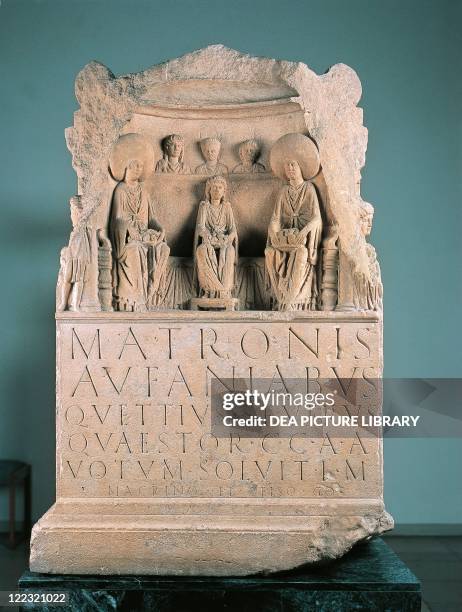
They resemble the Ursuline virgins in the Ursulaplatz with their benevolent smiles and diadem coiffures. Like the virgins, these goddesses are now decorative objects. Moon-headed, they sit in threes on little couches. The triple goddess is a trifling object next to the monumental columns of Jupiter's temple, like souvenirs from a forgotten destination.
Three impressive floor mosaics are almost entirely preserved. One features a pattern of swastikas. One can only imagine the sense of vindication the Nazis might have felt uncovering this, even as they were burrowing for shelter from the bombs that would eventually destroy the city.

The souvenir shops are full of black and white postcards depicting the city in ruins. Here is an image of the damage Köln endured in WWII. The Dom remains standing.
The smog-blackened facade greets in all its Gothic splendour you as you leave the train station. No matter where you are in Köln, you can find your way via the spires of the Dom.
Cologne is a city that wears its scars proudly, incorporating fragments of the old, pre-war buildings in the modern restoration. Even the cobblestone streets were laid by hand again in the 1950s, giving the town a kind of postmodern melancholy.
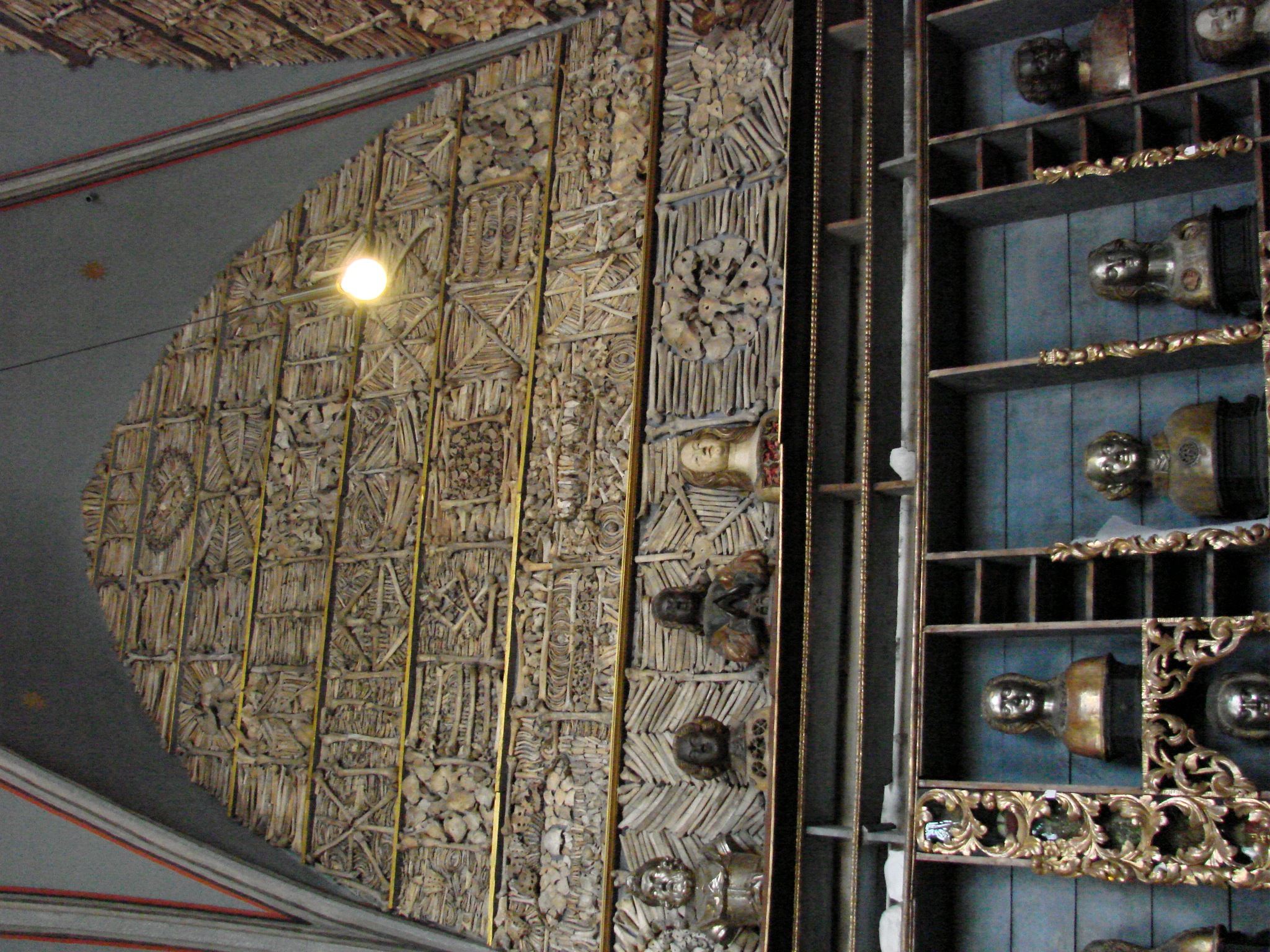
Today we also visited the Ursulaplatz, the main reason why I was excited about visiting Köln. Many years ago I wrote a poem based on the story of Saint Ursula in the Golden Legend. The whole thing is quite grisly, as are most of the deaths of women saints in that book. The Golden Legend was more popular than the bible at the time it was written. It’s a group hagiography, and the female saints in the book are like superheroes capable of awesome feats of courage and resilience despite their grizzly deaths, or maybe because of them. Ursula is no exception. I love the suggestive number of her entourage-- 11,000-- and the gory depictions of mass slaughter. Campy blood and guts! Even the doors of the Ursulaplatz feature the headless bodies of the virgins piled atop one another. The story of Ursula has always suggested to me an "open" space in the patriarchal medieval church: A wilful young woman leads an army of girls down the Rhine in war ships. I'm sure I'm not the first to imagine the story another way, and maybe this is the reason for the sadistic deaths of many of the female saints in the Golden Legend. The message being—a strong woman is safer dead, rewarded and silent in heaven.
The impressive ossuary is supposedly made of the bones of the virgin martyrs. However, history suggests these bones were from a mass grave of some sort. One medieval story claims monks dug up the bones and put them back together enabling some of the virgins to live again in a Frankenstein’s monster-like fashion. Whatever fable one attaches to this morbid spectacle, it is impossible to not see it as a precursor to the modern horror movie. It also transcends this facile comparison and becomes something more: a consoling attempt to make whole a brutal array of fragments--a poetic display of remains, not unlike Cologne itself.
Further Reading/Listening
The Golden Chamber of St. Ursula’s Basilica in Cologne in the Liturgical Arts Journal.
More on Saint Ursula & Hildegard von Bingen at Medeivalists.net
Chants composed by visionary Hildegard von Bingen for Saint Ursula & the 11,000 virgins

